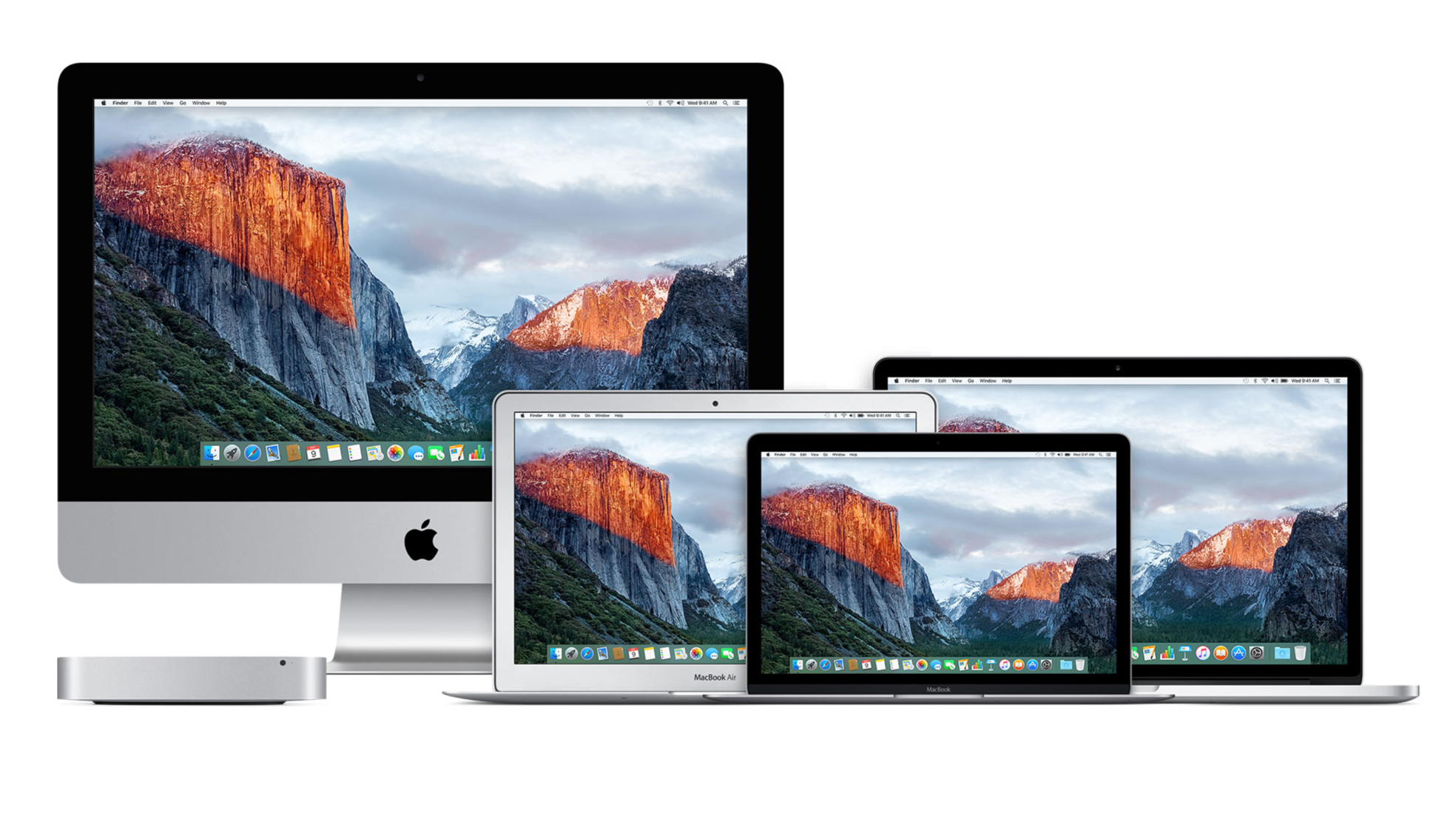Apple's Higher Prices Just Mean Higher Profits
"An iPod, a phone, and an internet communicator. These are not three separate devices. This is one device, and we are calling it iPhone. Today, Apple is reinventing the phone." These earth-shattering words agitated the general public and "smartphone" companies alike. The lava was soon to erupt from the volcano, engulfing the entire society from its excessive power and invincibility. On January 9, 2007, Steve Jobs revealed his visionary masterpiece, soon to revolutionize consumer products permanently. The epitome of simplicity and an aggressive, altered design, the iPhone became a novelty brand and a fearsome competitor to other "smartphones" that at the time lacked any smart, unique features. More than ten years later from the original iPhone launch, the iPhone remains the most notorious, compelling smartphone in the market. However, that comes at a rather large cost.
Apple's products ranging from iPhones to MacBooks to iPads are notorious for being rather expensive from their competitors. For example, Apple's radical iPhone X revealed in late 2017 starts at a price of $1000 while the Samsung Galaxy S9 starts at a more comfortable price of $720. Additionally, just recently, Apple updated the MacBook Pro lineup with considerably better power and performance. However, the price could range from $1799 to $6700, with the latter possessing par excellence specs, including 32GB RAM, 4TB of storage, and an Intel Core i9 processor. While these large numbers could signify high quality, they can also repel many consumers from considering to buy the product. In fact, despite recording record revenue in the latest quarters, Apple reported a decline in same-quarter iPhone sales in the first fiscal quarter of 2018. So how does that work?
Reportedly, an iPhone X, valued at $1000, costs $370 to manufacture, giving Apple a profit of $630 per unit. On the other hand, the Galaxy S9 Plus, valued at $840, costs $380, giving Samsung a profit of $460 per unit. Proportional math should dictate that a cheaper phone would have lower manufacturing costs, but obviously that isn't the case. Apple's record revenue is achieved by these high profit margins, in which it sells the phones for a considerably higher price than their manufacturing costs, providing greater profit. As a result, even if less people buy the iPhone X, its revenue wouldn't suffer as much. This is gradually becoming a trend throughout Apple's product lines. Apple's newly refreshed MacBooks have more expensive options, and while the priciest ones won't be the most popular, they will definitely be purchased by a few, and that select few will greatly contribute to Apple's revenue.
It doesn't matter if the brand is seeing less revolutionary changes or a slower rate of innovation. As long as the company maintains its large fanbase and effective pricing strategies, Apple will continue to grow. This is its secret to long-term financial success - raising prices and decreasing costs. This business model allows it to be worth nearly a trillion dollars and ultimately be the king of the hill.
Apple's products ranging from iPhones to MacBooks to iPads are notorious for being rather expensive from their competitors. For example, Apple's radical iPhone X revealed in late 2017 starts at a price of $1000 while the Samsung Galaxy S9 starts at a more comfortable price of $720. Additionally, just recently, Apple updated the MacBook Pro lineup with considerably better power and performance. However, the price could range from $1799 to $6700, with the latter possessing par excellence specs, including 32GB RAM, 4TB of storage, and an Intel Core i9 processor. While these large numbers could signify high quality, they can also repel many consumers from considering to buy the product. In fact, despite recording record revenue in the latest quarters, Apple reported a decline in same-quarter iPhone sales in the first fiscal quarter of 2018. So how does that work?
Reportedly, an iPhone X, valued at $1000, costs $370 to manufacture, giving Apple a profit of $630 per unit. On the other hand, the Galaxy S9 Plus, valued at $840, costs $380, giving Samsung a profit of $460 per unit. Proportional math should dictate that a cheaper phone would have lower manufacturing costs, but obviously that isn't the case. Apple's record revenue is achieved by these high profit margins, in which it sells the phones for a considerably higher price than their manufacturing costs, providing greater profit. As a result, even if less people buy the iPhone X, its revenue wouldn't suffer as much. This is gradually becoming a trend throughout Apple's product lines. Apple's newly refreshed MacBooks have more expensive options, and while the priciest ones won't be the most popular, they will definitely be purchased by a few, and that select few will greatly contribute to Apple's revenue.
It doesn't matter if the brand is seeing less revolutionary changes or a slower rate of innovation. As long as the company maintains its large fanbase and effective pricing strategies, Apple will continue to grow. This is its secret to long-term financial success - raising prices and decreasing costs. This business model allows it to be worth nearly a trillion dollars and ultimately be the king of the hill.
 |
| Apple's Current Mac Lineup |



Comments
Post a Comment